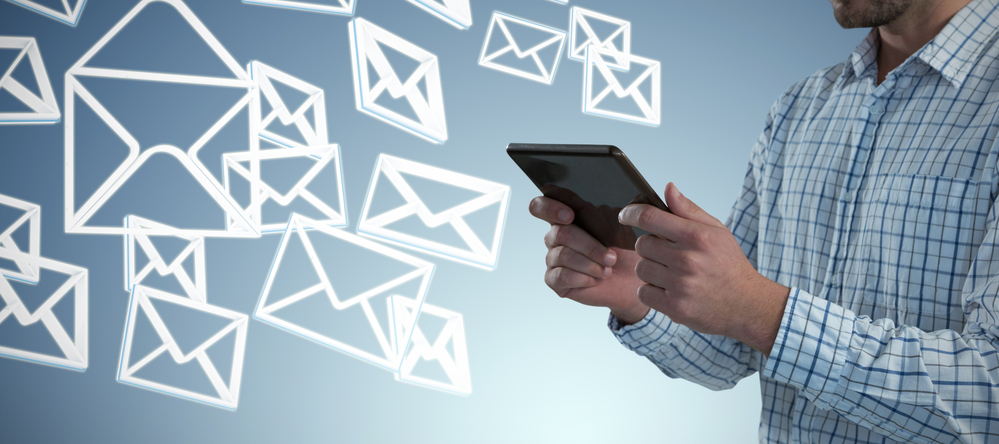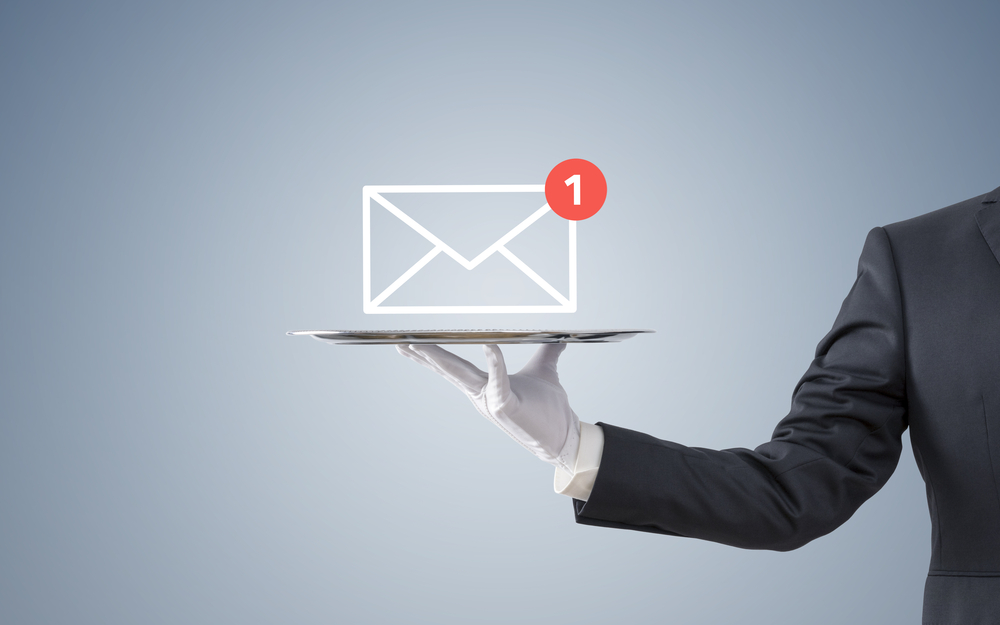The Ultimate Guide to SaaS Metrics
Just looping in
As per my previous email.
Just checking in
Need I go on?
A survey by Perkbox Insights found that these are the most annoying email clichés.
Many people have to read dozens and dozens of emails every day. The task is made more difficult by the repetition of cliches. It happens too often.
The French poet Gerard de Nerval said that the first person who wrote a cliche comparing a woman to a flower was a true poet, and the second an idiot.
Every day we write emails, so it makes sense that we would be able to be more creative.
Perhaps not.
How can you get through the digital noise in an era of constant communication?

Over 269 billion emails are sent per day.
Email can be a great way to contact prospects, but it’s hard to stand out in their inbox.
It is disappointing to spend time and energy on a thoughtful email, only to get no response.
It may seem as though you are waving to someone but they do not notice.
Open rates for SaaS emails are around 21%. This is average across all industries.
You can increase engagement with these simple email marketing strategies:
1. Please Introduce yourself
Customers will often ignore emails if they don’t recognize the sender. (Campaign Monitor).
The “mere-exposure effect” is a phenomenon that causes people to prefer familiar objects. “
research shows that 45% of email recipients open an email because of its sender.
If you identify yourself in your emails, people are more likely to connect with them.
2. Change the frequency of your email
Your emails should not be too frequent or too infrequent. How many times have you unsubscribed yourself from an email list that was clogging up your inbox?
Almost half of people have unsubscribed from emails because they receive too many. Not only you. Even worse, emailing can lead to subscribers who are unhappy marking you as spam. This will affect your reputation.
Sending emails to customers is not a good idea. Customers are reluctant to open emails from people they don’t know.
You get the same feeling when Facebook informs you of your friend’s birthdate. (Who again? )

How can you achieve the perfect balance? You can ask your users how often they want to receive emails.
Your campaign analytics may also provide you with useful information. This will vary depending on your audience. Pay attention to what you find works. Watch how adding or removing emails from your weekly schedule impacts conversions and click rates.
3. Keep your to-do lists tidy.
Subscriber lists are not necessarily more extensive. It’s a good idea to keep track of your connections and delete inactive users.
Your subscription database shouldn’t work like Hotel Hell.
It’s not just for show. Are you familiar with the sender’s name?
Your databases will be flooded with bounces as incorrect email addresses accumulate. If this happens, even your most loyal supporters may not hear your message.
Contacting disengaged subscribers before deleting them from your database is a good idea. Re-engagement campaigns can help you re-engage unengaged subscribers. If it doesn’t work, you can rest assured that they are no longer on your mailing list.
4. Timing is everything.
When should you send an email instead of a text message?
Send your message on a Monday at 9:53 am for the best interaction. I’m joking.
No one solution fits all.

GetResponse examined 4 billion emails and found engagement peaks at 10 a.m.
The earlier in the day was better (Monday or Tuesday).
The variations are minor.
It doesn’t mean that the time on your email is not important. It’s important to know your audience. The demographics of your clients and their interests will influence the email habits and patterns they use.
You can use A/B tests to determine the best time for you to deliver your message.
The optimal time to send an email can vary depending on your campaign’s goal. On weekdays, people may check their email more often because they are avoiding their work inboxes.
Only by experimenting can you find out the truth!
5. Your subject lines can be more effective.
We all judge books by their covers, even though we shouldn’t.
You might not buy a book with a “Now a big motion film!” cover. cover. )
Subject lines are important. We look at emails. First impressions matter.
When it comes to subject line engagement, brevity is key. Retention Science found that 6-10 words were the sweet spot for optimizing opens.
Most devices will not be able to display subject lines that are longer than 90 characters. Mobile subject lines should be shorter.
As most emails are read on mobile devices, it is important to stay within the limits.
Mailchimp analyzed 24 billion emails to find the perfect subject line. Mailchimp found that urgency and appreciation increase involvement in general. This makes sense.
Thank you for your support. Emails that are encouraging or positive (Thank you for your support!) or provide essential information will be opened more often. The personalization of emails has a significant impact.
There was no way to determine which terms worked better. Surprise! The only way to discover your magic phrases is by performing some more A/B tests.
6. Create a feeling of urgency.
The term FOMO has only been in use since 2016, but the feelings are old and widespread. The words “urgent,”‘missed’ or ‘important” were more likely to be opened than the average subject line. (Mailchimp)
It’s because people are motivated to act by urgency. Sale items make me more likely to purchase them. If it’s only on sale for a day, I find it harder to resist.
You’re not the only one: 60% of Millennials admit to buying because of FOMO.
Encourage your subscribers to take action immediately with a “last-chance” deal.
Wrap-up
You can use email to learn from past mistakes and improve your future emails. You can tweak your process to get the desired results.
When I reviewed these statistics, it was not surprising to me that subscribers placed a high value on the email campaign. Subscribers join your email campaign because of the value you offer. They also want emails from the organizations that they care about.
These tips instantly increase engagement when you use them in your email marketing strategy.